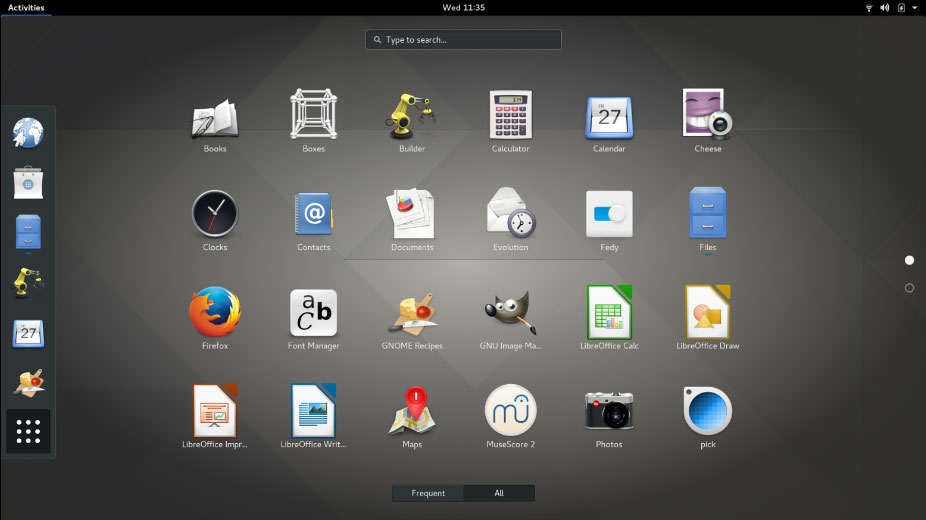

My colleagues and I spend a lot of time dealing with text-console devices and CLI commands, and we are usually dealing with more than one device at a time - often a lot more than one. My day job is in network security engineering. Perhaps it is better to give an example of who i3 is intended for, rather than who it is not. In fact, this is such an important objective for i3 that the developers and users are pleased and proud when they can say, 'I did xxxxx (whatever) without even touching the mouse'. But in i3 what is important is that you can easily manipulate windows without the mouse, using only the keyboard. When we get to managing multiple windows later, it will be possible to select windows with mouse-clicks. That doesn't mean that i3 doesn't use the mouse, of course. i3 is a text-oriented (and keyboard-oriented) window manager, where the other traditional desktops are graphic-oriented (and mouse-oriented) systems.

One of the simplest ways that I can think of to explain the difference is that while most desktop environments are concerned with eye candy, i3 is much more concerned with finger food. I3 is not a desktop environment in the sense of things like KDE and Gnome, or even the lightweight Xfce and LXDE. Hang on to that 'not so different/not so scary' feeling, because I suspect it is going to get pretty well shaken up before you really start to feel more comfortable with i3. It's different, certainly, but it has something that looks sort of like a Panel across the bottom of the screen, and some status and other information included in the wallpaper. WatsonĪt first glance that doesn't look too scary. Manjaro Linux 15.12 i3 Distribution Photo: J.A. Here is what the Manjaro 15.12 i3 distribution looks like on first boot. So what is i3, then, and who is it intended for? It is a window manager, in the most pure and simple sense of that term. Attempting to do so will almost certainly end up sending you screaming into the night. That last statement is important - it is not possible, or at least not sensible, to try to customize i3 so that it can be used as a general-purpose desktop environment. Yes, that means exactly what it says - the vast majority of Linux users are not going to find i3 useful, or even very interesting.Įxperienced Linux users should look at what i3 does, and how it works, and decide if it suits their needs. I think that it is important to start by saying very clearly that i3 is not intended for beginning, inexperienced, average, or even 'normal' Linux users. Now I am going well off the beaten path to look at something completely different: the i3 Window Manager. Until now in this series I have discussed most of the common Linux desktop environments ( Xfce, KDE, Gnome 3, Cinnamon, MATE and LXDE), and a couple of Window Managers ( OpenBox and Enlightenment).


 0 kommentar(er)
0 kommentar(er)
